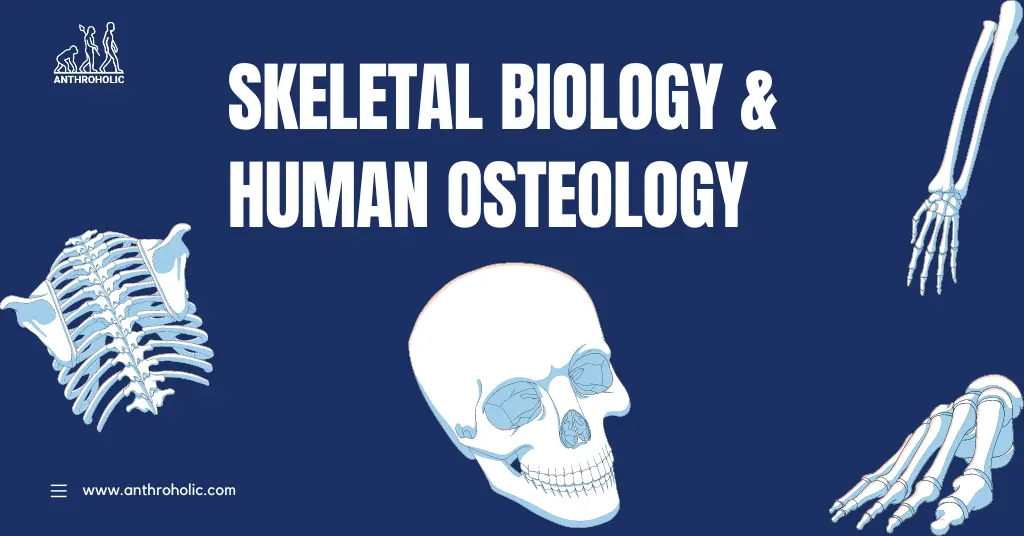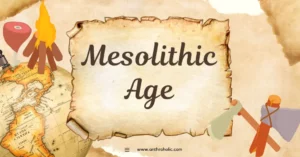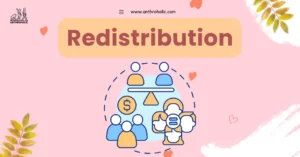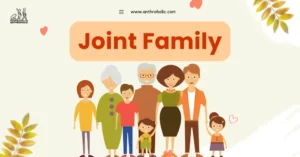AI Answer Evaluation Platform Live Now. Try Free Answer Evaluation Now
Skeletal Biology and Human Osteology
The human skeleton is a marvel of nature’s design, simultaneously a support structure, calcium storehouse, and production site for red and white blood cells. As we journey through the fascinating realms of skeletal biology and human osteology, we explore how these fields provide insights into human health, evolution, and anthropology.

An Overview of the Human Skeleton
The adult human skeleton consists of 206 bones, providing structure and mobility to the body, protecting internal organs, and acting as a reservoir for essential minerals.
The Bone Structure
A typical bone has three parts:
- Compact bone: This dense outer layer gives bones their smooth, white appearance.
- Spongy bone: The interior of bones is filled with a lattice-like network of spongy bone, which helps to reduce the bone’s weight without compromising its strength.
- Bone marrow: This soft tissue fills the spaces within the spongy bone and produces red and white blood cells.
Categories of Bones
The skeleton is categorized into two types of bones:
- Axial Skeleton: Includes the skull, vertebral column, and rib cage. These 80 bones primarily provide protection for the brain, spinal cord, and vital organs.
- Appendicular Skeleton: Comprises the bones of the arms, legs, pelvis, and shoulder area. These 126 bones facilitate locomotion and manipulation of the environment.
The Life Cycle of Bones
Bones are not stagnant; they are living tissues that undergo a constant cycle of growth, decay, and regeneration. This process, known as bone remodeling, involves two key cell types:
- Osteoblasts are cells that create new bone.
- Osteoclasts are cells that break down bone.
The balance between these cells’ activities ensures healthy bone density and structure throughout an individual’s life.
Bone Development and Growth
In the fetus, the skeleton is initially made of cartilage, which gradually ossifies (turns into bone). This process, called endochondral ossification, begins before birth and continues until early adulthood.
Skeletal Pathologies and Conditions
Skeletal biology and osteology are instrumental in identifying and understanding various bone diseases and conditions.
- Osteoporosis is a condition characterized by decreased bone mass and structural deterioration, increasing the risk of fractures.
- Paget’s Disease involves the excessive breakdown and formation of bone, resulting in enlarged and misshapen bones.
- Osteogenesis Imperfecta is a genetic disorder that causes brittle bones that break easily.
- Arthritis is an inflammation of the joints that causes pain and disability.
Human Osteology and Anthropology
Human osteology also plays a significant role in anthropology. By studying skeletal remains, scientists can draw conclusions about:
- Diet: Teeth can provide information on an individual’s diet.
- Age and Sex: Certain skeletal characteristics can help determine an individual’s age at death and biological sex.
- Disease and Trauma: Evidence of disease and trauma can be found on bones.
- Culture: Cultural practices such as cranial deformation or foot binding can be seen in the skeletal remains.
Recent Advances in Skeletal Biology and Osteology
Technological advancements have enriched the study of skeletal biology and human osteology.
- Bone bioengineering: Scientists are developing techniques to grow bone tissue in labs, which could potentially be used to repair or replace damaged bones.
- Paleogenomics: The field involves extracting and analyzing ancient DNA from skeletal remains, providing insights into human evolution, migration, and diseases.
- Imaging technologies: Advanced imaging tools, like MRI and CT scans, are enhancing the non-invasive study of bones.
Bone Healing: The Natural Repair Process
Bone is one of the few tissues in the human body capable of natural regeneration without forming a fibrous scar. The process of bone healing involves several stages:
- Inflammatory phase: The body’s immediate response to a bone fracture involves bleeding and inflammation.
- Repair phase: A soft callus forms around the fracture, which is replaced by a hard callus made of new bone.
- Remodeling phase: The newly formed bone is remodeled to resemble the original, unbroken bone in structure and strength.
Understanding the natural healing process can be invaluable for improving treatments for bone fractures and developing new strategies for bone regeneration.
Human Osteology in Forensic Sciences
Forensic anthropology, a sub-discipline of physical anthropology, makes extensive use of human osteology. Forensic anthropologists can identify individuals and ascertain the circumstances of their death using skeletal remains. By examining the bones, they can provide crucial information such as:
- Identity: Age, sex, ancestry, and stature can be determined from skeletal remains.
- Cause of death: Trauma, like gunshot wounds or blunt force injuries, can be identified on the bones.
- Time since death: Post-mortem changes to the bones can indicate how much time has passed since death.
Nutritional Aspects of Bone Health
Bone health is significantly influenced by nutrition. Several nutrients play a crucial role in maintaining bone health:
- Calcium: The most abundant mineral in bones, it is essential for bone health.
- Vitamin D: Helps in the absorption of calcium from the diet.
- Protein: Necessary for bone growth and repair.
- Vitamin K: Plays a role in bone mineralization.
A diet rich in these nutrients can promote bone health and prevent osteoporosis and other bone-related diseases.
Osteoarchaeology: Insights into the Past
Osteoarchaeology, the study of ancient bones, offers valuable insights into the lives of past societies. Archaeologists use the skeletal remains of our ancestors to gather information about their lifestyle, diet, diseases, and even cultural practices.
- Paleopathology: This is the study of ancient diseases identifiable in skeletal remains, offering insights into the prevalence and impact of diseases in ancient societies.
- Bioarchaeology of care: The study of caregiving and healthcare in ancient societies is often evident through skeletal remains, which show signs of long-term illness or disability.
- Mortuary practices: The way societies treat their dead can be understood through the analysis of burial sites and the skeletal remains within.
Conclusion
The study of skeletal biology and human osteology provides us with a unique window into human health, evolution, and culture. As technology continues to advance, we will no doubt continue to unveil the complex and intricate secrets housed within our bones.
References
- Gray, Henry. (2015). Gray’s Anatomy: The Anatomical Basis of Clinical Practice.
- Standring, Susan. (2016). Gray’s Anatomy: The Anatomical Basis of Clinical Practice. Elsevier Health Sciences.
- White, Tim D., et al. (2011). Human Osteology. Academic Press.
- Mays, Simon. (2010). The Archaeology of Human Bones. Routledge.
- Ruff, C., Holt, B., Trinkaus, E. (2006). Who’s afraid of the big bad Wolff?: “Wolff’s law” and bone functional adaptation. American Journal of Physical Anthropology.
- Johnell, O., Kanis, J. (2006). An estimate of the worldwide prevalence and disability associated with osteoporotic fractures. Osteoporosis International. https://doi.org/10.1007/s00198-006-0172-4
- NIH Osteoporosis and Related Bone Diseases National Resource Center. (2018). Osteoporosis Overview.
- Roberts, C., Manchester, K. (2010). The Archaeology of Disease. Cornell University Press.
- Pääbo, S. (2014). The Human Past and the Human Future. Genome Research.
- Choyke, A., Bartosiewicz, L., and Biehl, P. (2014). Crafting Bone: Skeletal Technologies through Time and Space. Cambridge University Press.



